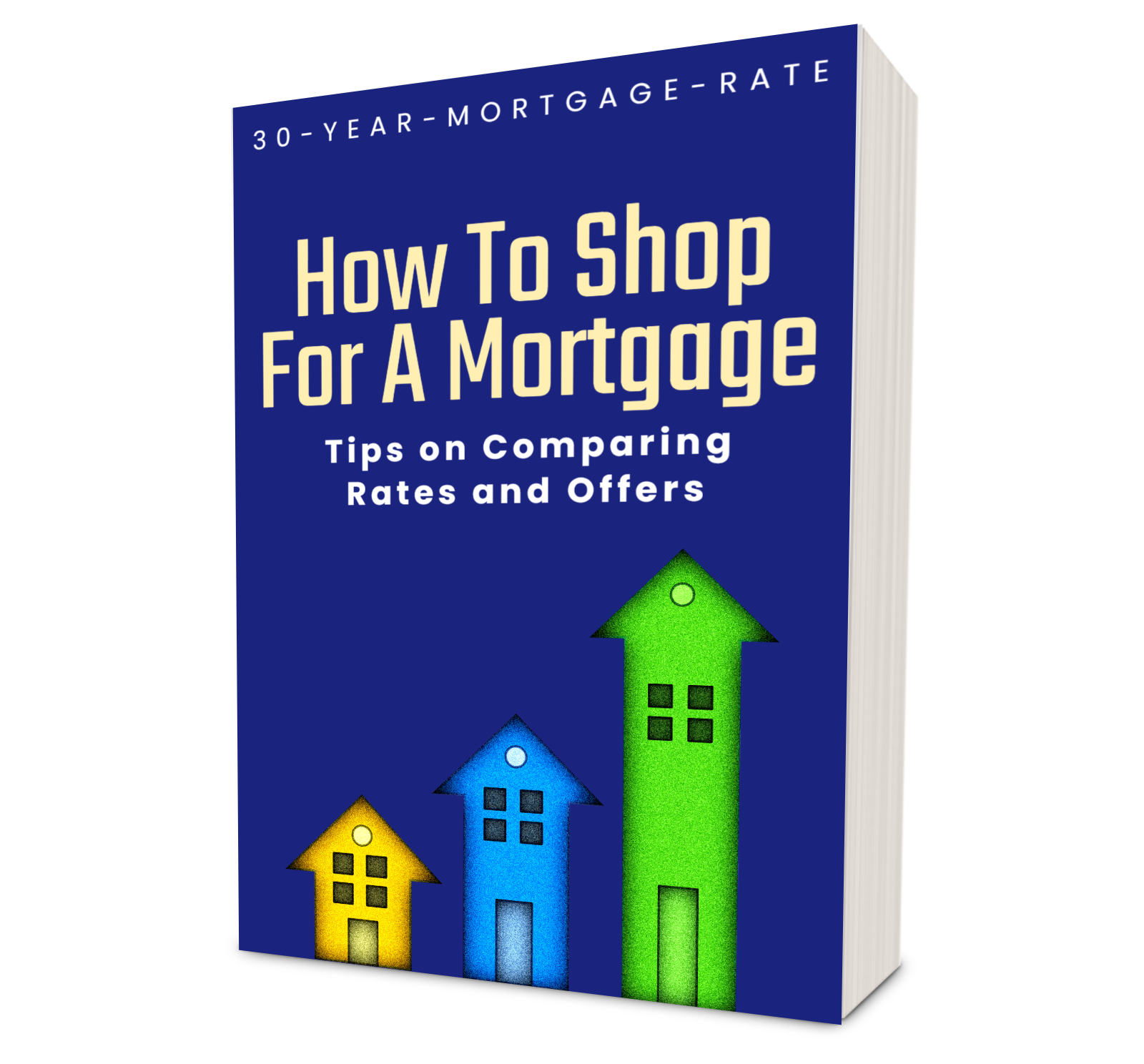Best Mortgage Loans
Download Our Mortgage Loans
Review Guide


Free Reports
- Navigating Refinance Rates in Indiana: A Comprehensive Guide
- Decoding Mortgage Rates: A Detailed Analysis of Arkansas Refinance Rates
- Mortgage Rates in West Virginia: What Potential Homebuyers Should Know
- Decoding the Dynamics of Mortgage Rates in Rhode Island
- How to Secure the Best Refinance Rates in North Carolina
- Investing in Oregon Real Estate: A Look at Mortgage Rates
- A Comprehensive Guide to Mortgage Rates in New Hampshire
- Navigating the Landscape of Mortgage Rates in Nebraska
- Understanding the Trends: Mortgage Rates in Mississippi
- A Comparative Analysis of Mortgage Rates in Minnesota
- How to Secure the Best Mortgage Rates in Louisiana
- Mortgage Rates in Georgia: What Potential Homebuyers Should Know
- Decoding the Dynamics of Mortgage Rates in Delaware
- Investing in Alaska Real Estate: A Look at Mortgage Rates
- Navigating the Landscape of 30-Year Mortgage Rates in Michigan